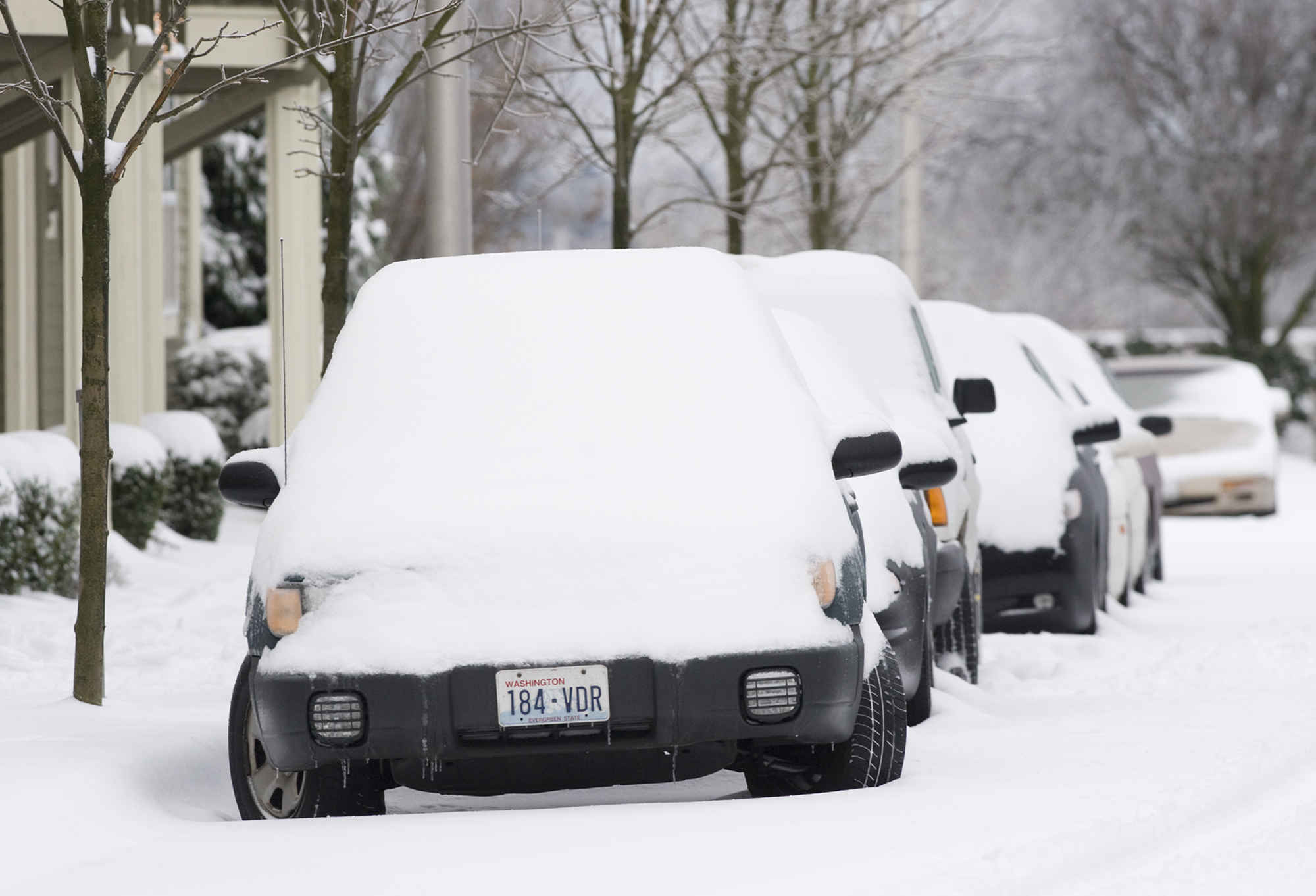We had some problems putting our recent snowstorm into historical perspective. For one thing, we lost track of 1980.
And here’s what really defrosted our flakes: There is no official list of Vancouver’s top snowstorms.
“There is not a comprehensive record of snowfall in Vancouver,” Laurel McCoy, a National Weather Service meteorologist in Portland, said.
“It is really tricky to measure. The wind blows it around,” and even when you’re looking in your own front yard, “you see different depths.”
Notable Snowfalls in Past 100 Years
Jan.-Feb. 1919, 19.2 inches
December 1919, 18.3 inches
February 1923, 11 inches
January 1930, 12 inches
February 1937, 15.4 inches
January 1943, 16 inches
January 1950, 13 inches
December 1968, 18 inches
January 1980, 20 inches
February 1993, 10 inches
January 1998, 11 inches
December 2008, 12-13 inches
January 2017, 11-12.5 inches
SOURCE:Columbian archives
This also is a geographically diverse area. That was reflected in the Greater Vancouver/Clark County snowfall report issued by the weather service on Jan. 11. It listed 11 locations. That included five different spots from downtown Vancouver to Salmon Creek, where snowfall ranged from 3.5 inches to 12.5 inches.
Snow can be hit and miss.
“You can get a snow band that moves through one area, and a spot a mile down the road gets missed.”
We did compile a list on Jan. 12 of the area’s biggest recorded snowfalls. It was an update of a list published in 2008, when we had our last big snowfall.
Readers pointed out that we forgot the snowstorm of 1980. It was not on the list we ran in 2008, for some reason.
But our archives showed about 20 inches of snow in Vancouver in January 1980, with a lot more in higher elevations.
Record-keeping has been affected by transitions over the years, McCoy noted.
“We used to have official weather observers at airports. When we went to automated weather stations, we stopped getting snow observations at many airports,” including Vancouver’s Pearson Field.
Two men served as the city’s go-to guys for weather observations over the span of about 70 years. A.A Quarnberg, a state horticultural inspector, started on a voluntary basis in 1895.
His son-in-law, C.J. Moss, took over and was still collecting data at his home on Kauffman Avenue during the 1962 Columbus Day storm.
According to a biography, Moss was using a hand-held anemometer to check wind speed: “He managed to get a reading of 92 miles per hour before he looked up and observed part of the roof of his home being blown away. He decided it was time to make a quick retreat to a safer location.”
Off Beat lets members of The Columbian news team step back from our newspaper beats to write the story behind the story, fill in the story or just tell a story.




